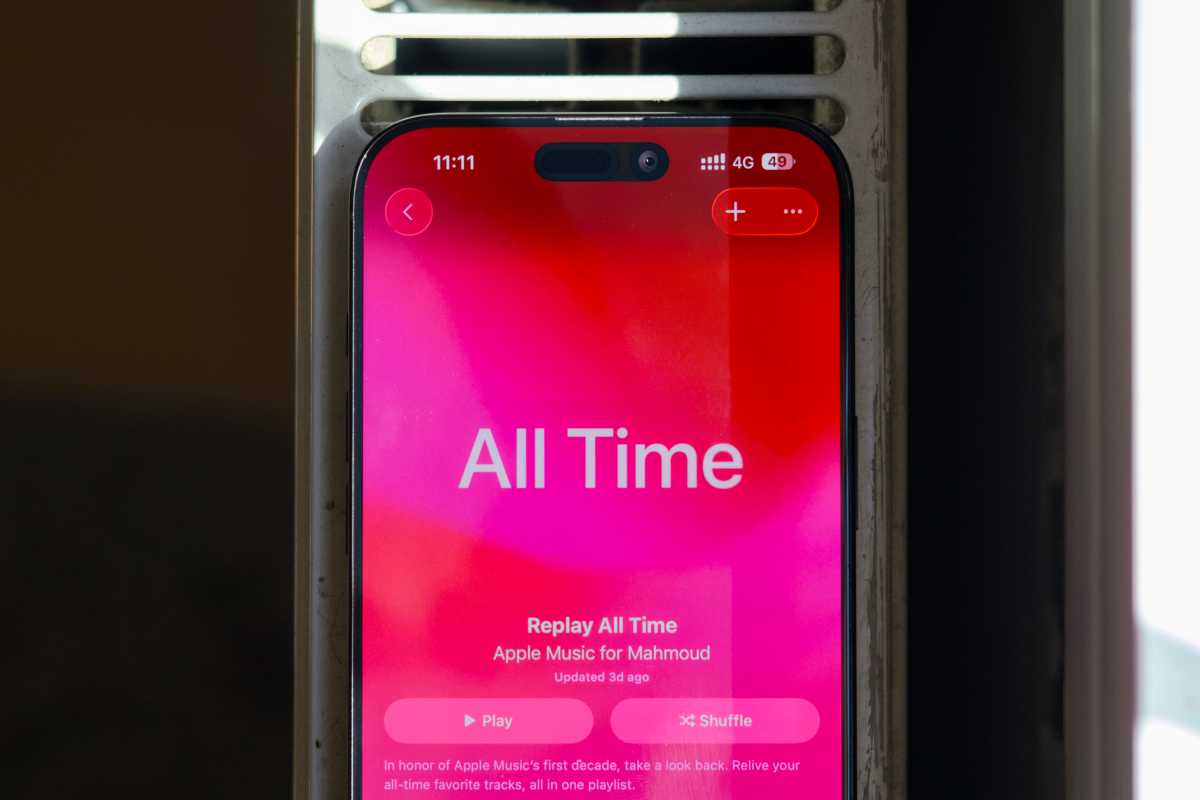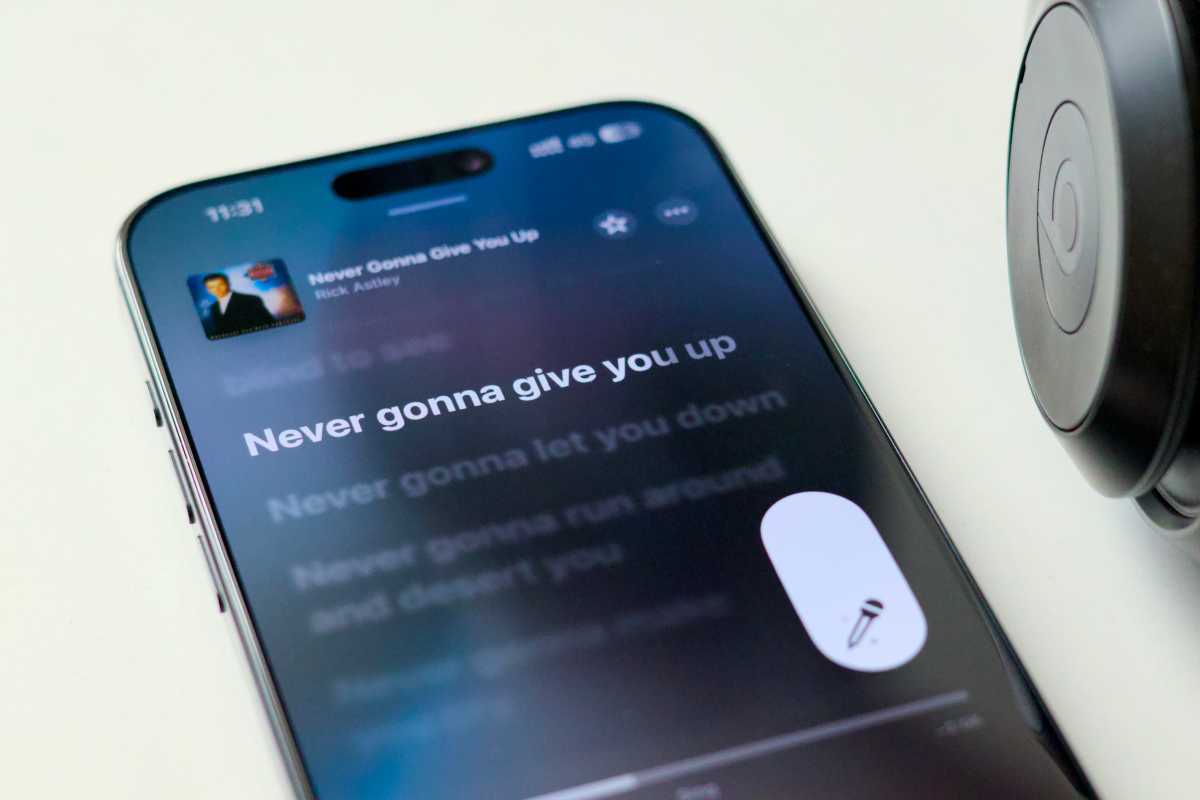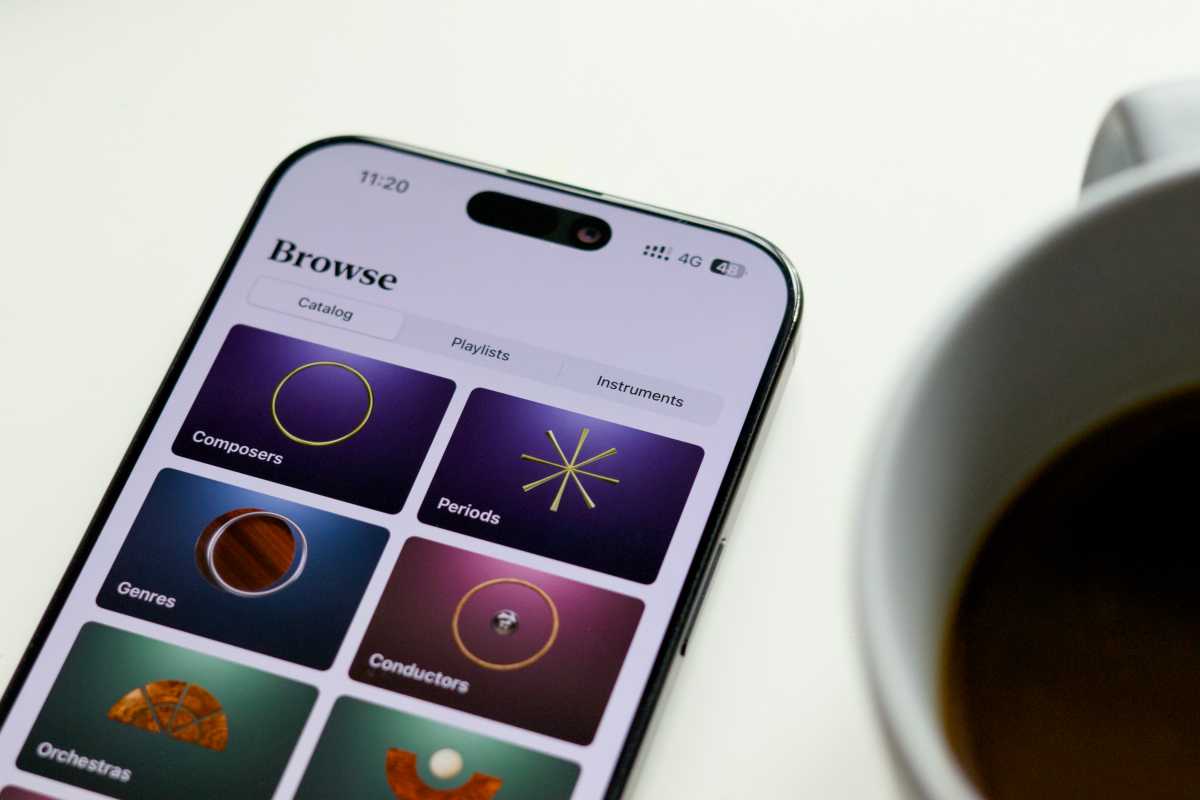Apple popularized digital music consumption in 2003 with the launch of its iTunes Store, selling both albums and individual tracks. But in the years that followed, the industry evolved from selling to streaming music, with companies like Spotify leading the way. Apple got the message, and duly copied Spotify’s business model by offering the entirety of its catalog for a fixed monthly fee–and Apple Music was born.
I recall the early days of Apple Music. While the app worked, the music discovery algorithm was noticeably inferior to Spotify’s, and its features were too limited. That’s no longer the case. Spotify continues to shine with its algorithm and Connect continuity feature, but Apple Music has arguably become the superior streaming service. If you’re primarily using Spotify, you’re missing out on these 10 unique Apple Music perks.
Monthly stats
Spotify’s popular annual Wrapped event may feature a wider range of statistics and fun facts about your listening habits, but Apple Music’s Replay beats Wrapped in a couple of ways.
Apple Music provides monthly Replay stats, letting you check your top songs and artists on a regular basis throughout the year. You still get the classic year-end recap that sums up the entire year, too. If you’re curious about your all-time top songs, you can also check the newly released Replay All Time playlist, which compiles the 100 songs you’ve played most often since you first subscribed to Apple Music.

Mahmoud Itani / Foundry
AutoMix: A next-level AI-powered DJ
Spotify has long offered an AI-powered DJ, generating personalized song queues and relevant commentary. Apple’s take on an AI DJ is different. With iOS 26, Apple Music brings an optional AutoMix feature that takes the traditional crossfade to the next level.
AutoMix doesn’t merely blend the start and end of two songs based on a preset number of seconds. Instead, it uses AI to analyze the audio, then applies time-stretching and beat-matching effects to merge the two tracks seamlessly. It’s quite trippy, and Spotify seemingly hasn’t built an equivalent yet.
Karaoke mode
Apple Music has an exclusive Sing feature that turns your Apple device into a karaoke machine. It goes beyond just time-synced lyrics; Sing intelligently muffles the artist’s original vocals to spotlight yours. With Continuity Camera support on Apple TV, you can also appear on the big screen while you sing and insert special effects and backgrounds.

Mahmoud Itani / Foundry
Dolby Atmos support
Another Spotify omission is Dolby Atmos support. With spatial audio tracks on Apple Music, your favorite songs become more immersive—particularly when wearing compatible headphones. Thanks to head tracking, the soundstage adapts to your movements, mimicking the feel of a live performance.
Lossless quality
Similarly, Apple Music offers a significant portion of its catalog in lossless quality. While most users probably can’t tell the difference, audiophiles with compatible equipment get to listen to the tracks without audio degradation. Spotify has been rumored to be working on high-fidelity support for years, but it’ll reportedly cost subscribers even more, if and when it actually launches.
Classical catalog
In 2021, Apple acquired the classical music streaming service Primephonic and promptly shut it down. The firm then released a dedicated Apple Music Classical app that offers unique features unavailable in the main Music app. These include track backstories and more granular search based on historical periods, composers, orchestras, and more.
While you will likely find the same tracks on Spotify, the company doesn’t offer a dedicated app or interface with the same perks for classical music enthusiasts.

Mahmoud Itani / Foundry
Photos integration
Apple Music subscribers get to insert their favorite songs into Memories created in the Photos app. For those unfamiliar with this popular feature, it lets you create attractive slideshows of photos (and other media) tied to a specific event, place, time period, or set of people. To make the clip more personal, you can select background audio from the millions of songs available on Apple Music.

Mahmoud Itani / Foundry
Native HomePod playback
Apple lets third-party developers build native HomePod extensions. Some streaming services such as YouTube Music have already adopted the API, which means users can play songs directly on the smart speaker, even when their iPhone is powered off or out of range. Apple Music subscribers can obviously do the same.
But Spotify? The company seems to be too busy whining about Apple’s anti-competitive behavior to implement the API. Which means Spotify subscribers get a worse experience.
Separate podcasts
Whereas Spotify and YouTube Music seem to regard music and podcasts as largely interchangeable, Apple safeguards our sanity by keeping the two (very different) audio categories separate. Music browsers on Spotify are liable to bump into distracting and annoying podcasts and audiobooks, but Apple delivers the two content types via separate apps. This also allows the company to add relevant features to the Music app without creating unnecessary bloat on Podcasts, and vice versa.
Bundled with Apple One
Lastly, Apple Music is included with all Apple One bundle tiers. So, no matter which plan you’re on, you get access to Apple Music at no additional charge.
This is a big advantage for those heavily embedded in Apple’s product ecosystem, as it offers access to all of the company’s main subscription services at a discounted price. Similarly, eligible students can unlock Apple Music and TV+ for a reduced cost.





